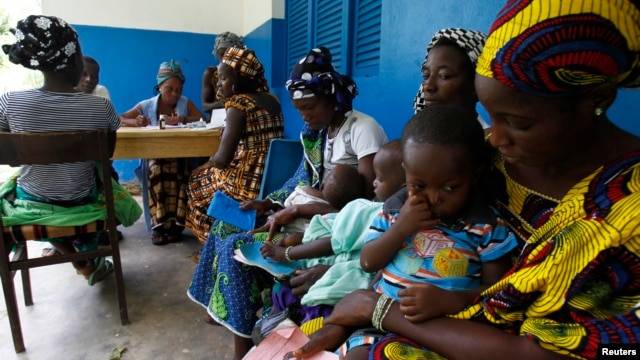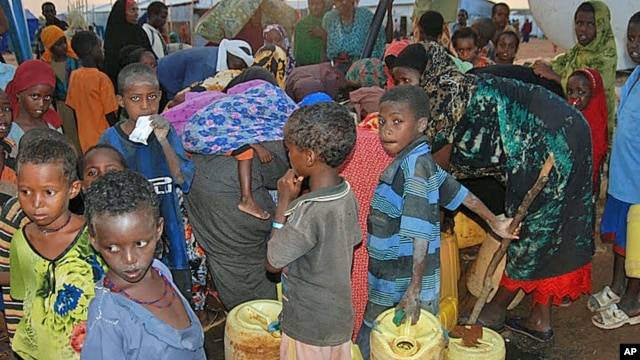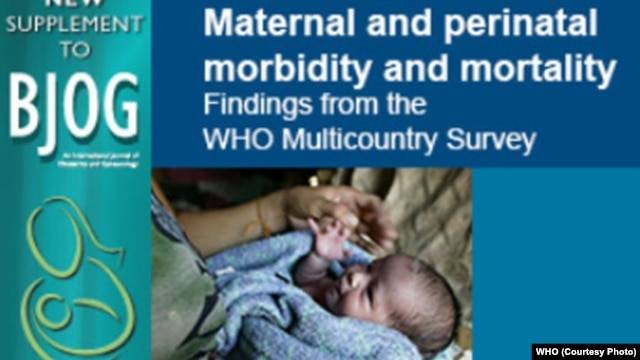Oct. 15, 2008 -- The U.S. ranks 29th worldwide in infant mortality, tying Slovakia and Poland but lagging behind Cuba, the CDC reports.
Infant Mortality: U.S. Ranks 29th
"The U.S. infant mortality rate is higher than rates in most other developed countries," note CDC researchers Marian F. MacDorman, PhD, and T.J. Mathews. "The relative position of the United States in comparison to countries with the lowest infant mortality rates appears to be worsening."
this country cares about their children????
Infant Mortality: U.S. Ranks 29th
"The U.S. infant mortality rate is higher than rates in most other developed countries," note CDC researchers Marian F. MacDorman, PhD, and T.J. Mathews. "The relative position of the United States in comparison to countries with the lowest infant mortality rates appears to be worsening."
this country cares about their children????







